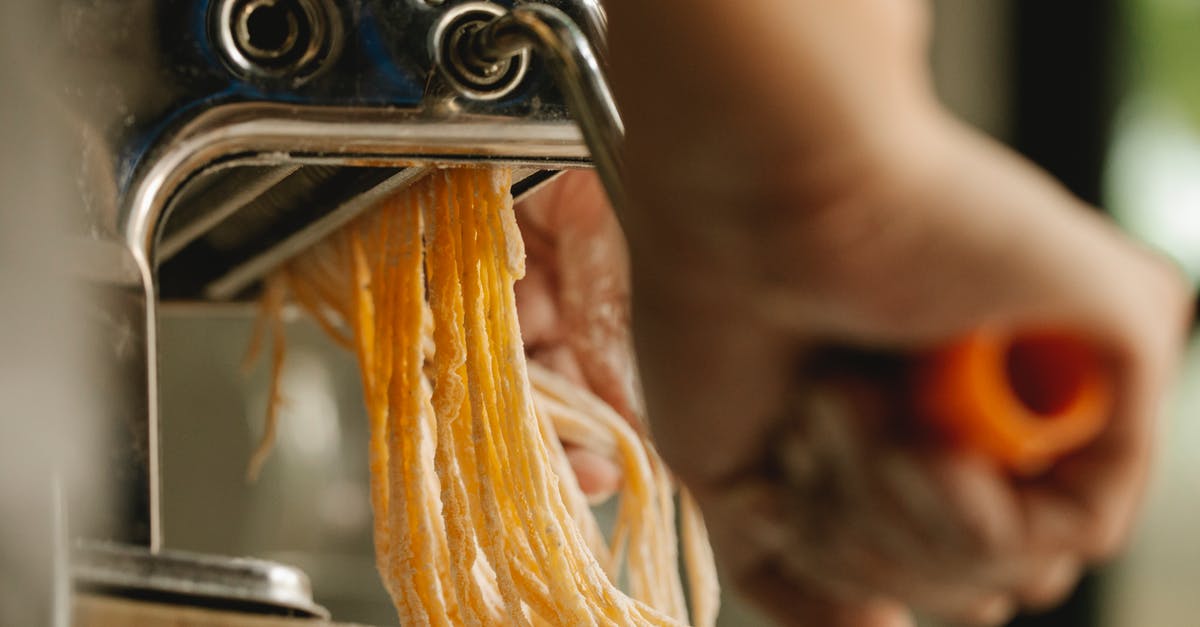What are the fault tolerances on the FDA food handling guidelines?

Sometimes I have suggested that food that sat out a little longer than optimal may be safe to eat.
Granted, this is based on my experience, and I always qualify that it shouldn't be served to guests (and by extension, customers) and that one should determine their own tolerance to risk, but I want to know if there is information as to the methodology of the FDA guidelines. Specifically, what is the contamination rate at n hours, and what are the initial conditions of the food and environment? How much risk is there REALLY (in incidences per n-population and such) in a standard kitchen for food that has sat out 50%, 100%, 200%, etc. longer than recommended?
Best Answer
The recommendations (in the US at least) are based on a risk model, which takes into account a number of factors:
- frequency of outbreaks and occurrence of illnesses
- severity of illness, taking into account illness duration, hospitalization and mortality
- likelihood of contamination
- growth potential/shelf life
- manufacturing process contamination probability/intervention
- consumption
- economic impact
Some of these factors are statistical (frequency, economic, for example), and some are measured (growth, aspects of severity). For the measured aspects, a large number of methods are employed, including animal testing, human histories, and toxicology reports (including LD measures).
Primarily, most home cooks should follow the FDA guidelines as the recommendations take into account the supply chain and common outcomes for most pathogens (for a given food). It's important to note that live pathogens are not the only risk in food safety, also toxins (as produced by the pathogens) are an important factor depending on the specific life form. These toxins are not mitigated by cooking (generally), and some pathogens are not completely mitigated by heat or cold. The risk is related to the combined risks, time, and supply chain.
The FDA site contains the regulations, methods, and sampling guidelines for various stages of food production and food safety.
This is not my speciality, but I did teach food safety many years ago (please refer to the current guidelines and methods for current recommendations).
References:
- Designating high risk foods
- Home food safety cheatsheet
- Example toxicity studies - I'm not certain these feed into these specific guidelines, but the methodology will be similar
Pictures about "What are the fault tolerances on the FDA food handling guidelines?"



What are the 5 safety tips The FDA suggests?
Best Food Safety Tips Right Now, According to the FDA- Clean fresh foods and canned goods before eating.
- Disinfect your kitchen counters.
- Refrigerate perishable foods right away.
- Keep your hands clean.
- Cook foods at the right temperature.
How much rat poop is in peanut butter?
b. The peanut butter contains an average of 1 or more rodent hairs per 100 grams. The peanut butter is gritty to the taste and the Water-Insoluble Inorganic Residue (W.I.I.R.) is more than 25 milligrams per 100 grams.How much feces does the FDA allow?
Breakfast. The coffee beans you grind for breakfast are allowed by the FDA to have an average of 10 milligrams or more animal poop per pound. As much as 4% to 6% of beans by count are also allowed to be insect-infested or moldy.Why is it important to follow the guidelines of food handling?
Why is Food Handling Important? Food handling is important because unsafe food handling can lead to outbreaks of foodborne illnesses (commonly known as food poisoning). According to the World Health Organization (WHO), foodborne illnesses can cause long-lasting disability and even death.FDA's New Food Safety Law
Sources: Stack Exchange - This article follows the attribution requirements of Stack Exchange and is licensed under CC BY-SA 3.0.
Images: Lukas, Uriel Mont, Uriel Mont, Klaus Nielsen
